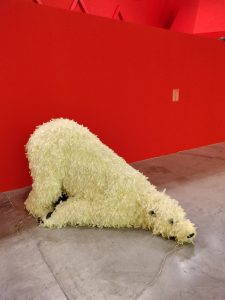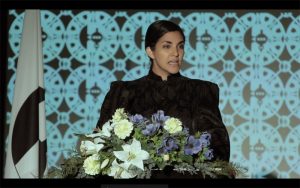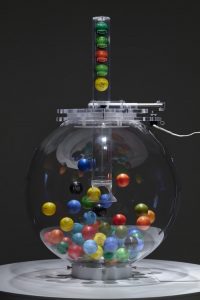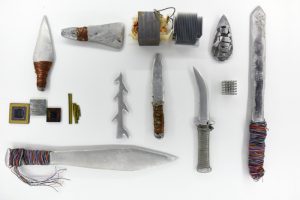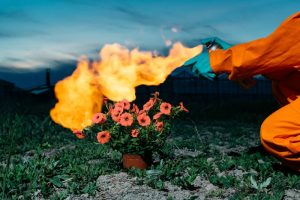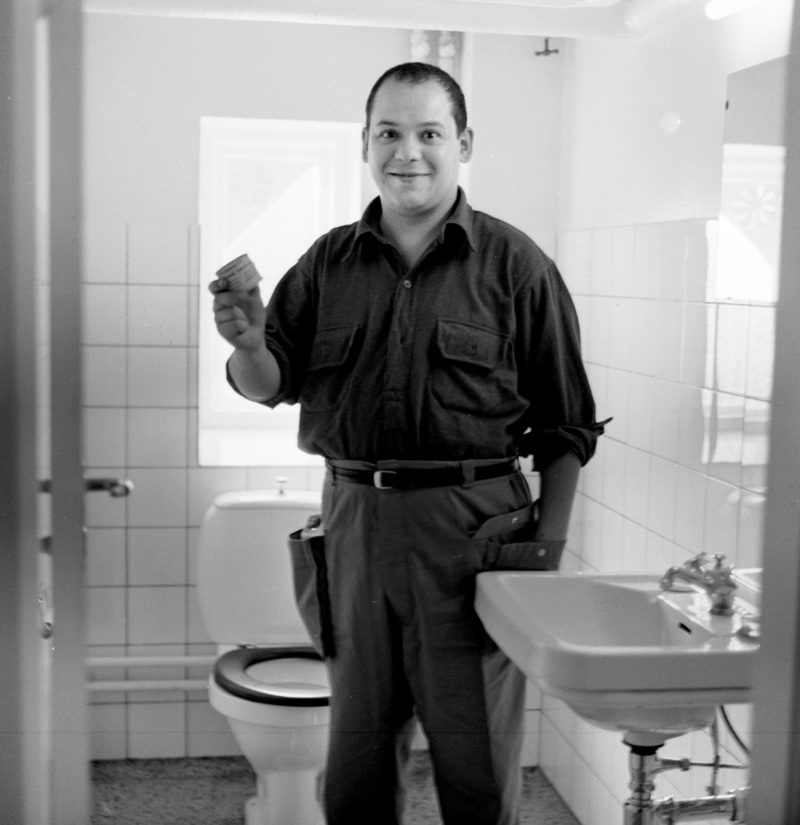
Piero Manzoni (portrait.) Photo: Helene Bagger
In 1961 Piero Manzoni, the enfant terrible of the avantgarde in the mid 20th century, created 90 small cans, signed them and famously labelled them Artist’s Shit (Merda d’Artista). Each was priced by weight based on the value of gold at the time. The cans have since traveled to art collections all over the world and sold for spectacular sums at auctions houses. Still in 1961, the young artist made Socle du Monde (Base Of The World), a bronze plinth he placed upside down in a field in Herning, Denmark. The piece suggests that the whole world is a work of art. Manzoni created some of his masterpieces in the Danish city when he was the host of local shirt manufacturer and art enthusiast Aage Damgaard. The Herning Museum of Contemporary Art now houses what is probably the biggest collection of artworks by the brilliant iconoclast.
Socle du Monde gives its name to the oldest Danish biennale focusing on contemporary art. The ongoing edition has opened a few weeks ago (i wrote about Breeding a Planetary Community Chicken at the time and then lost control over my days.) I think it’s one of the most aesthetically pleasing art events i’ve attended over the past few years. But because the event is inspired by the masterpiece of a renowned exponent of conceptual art, it is also a biennale that conveys ideas, provocations and moments for reflection. I’ll get back next week with a post discussing these ideas and provocations but right now, here are some visual impressions of the biennale, focusing on the geometrical and the people-free:
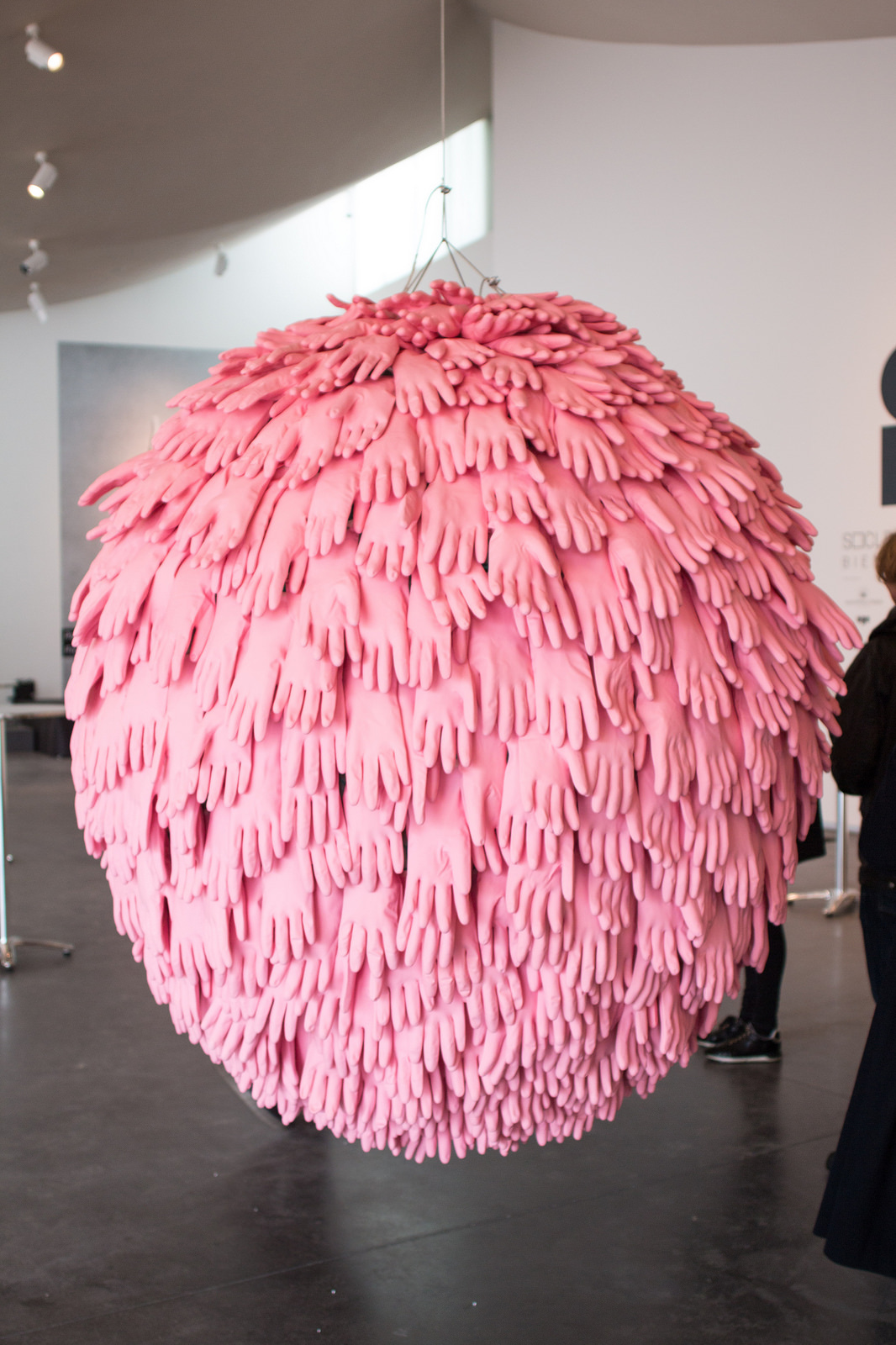
Hans Haacke and Yayoi Kusama, Socle du Monde Biennale 2017
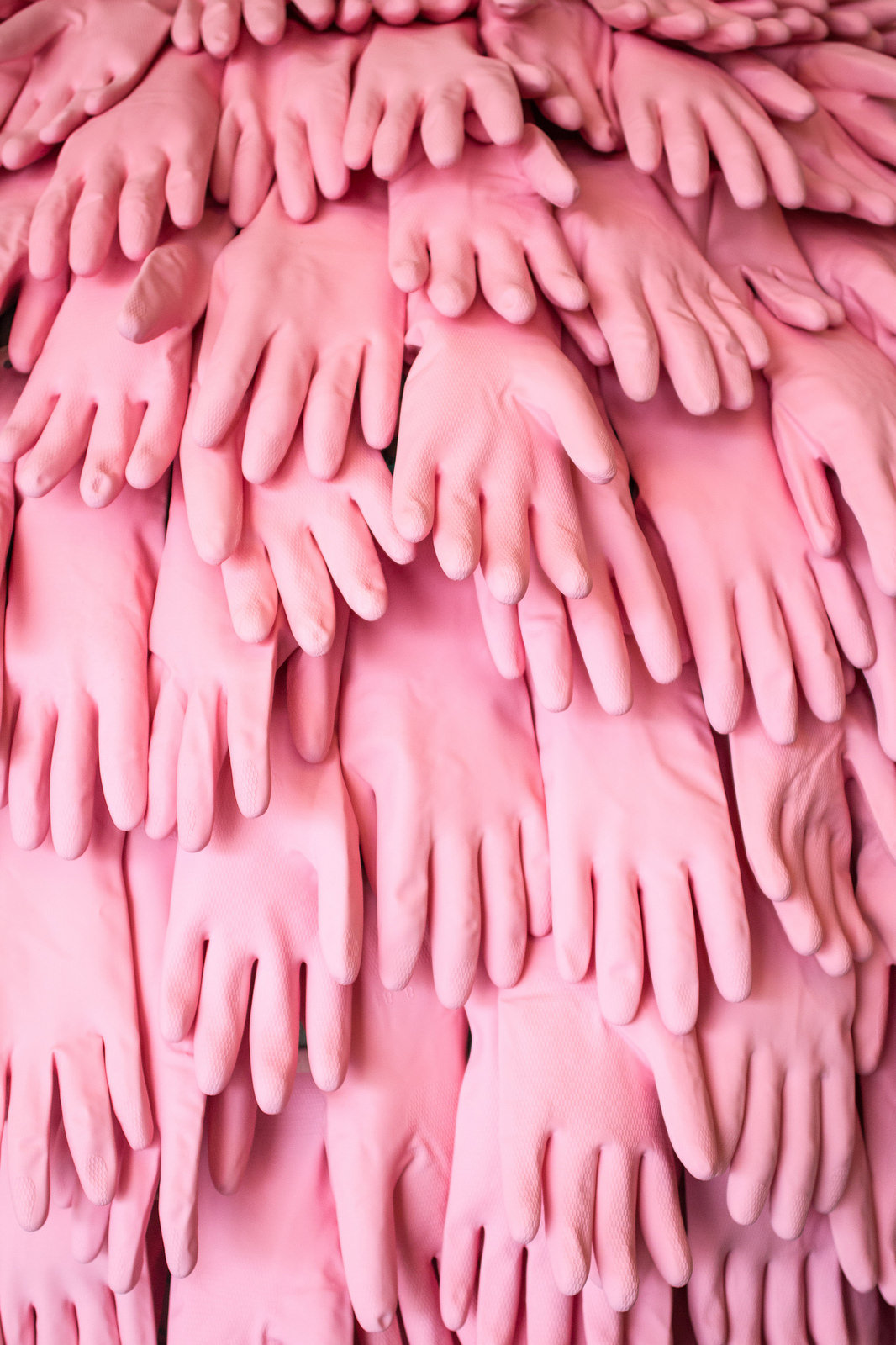
Hans Haacke and Yayoi Kusama (detail), Socle du Monde Biennale 2017
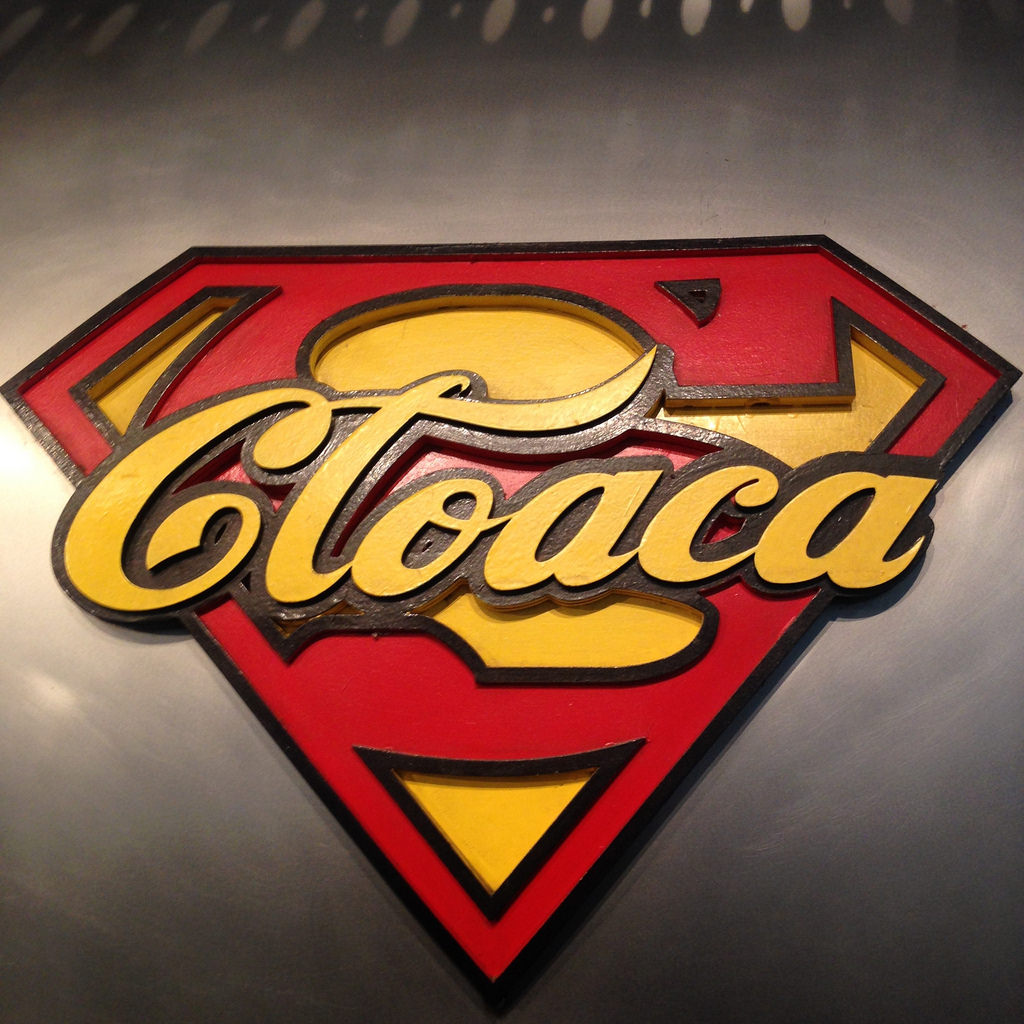
Wim Delvoye, Super Cloaca (detail), 2007. Socle du Monde Biennale 2017
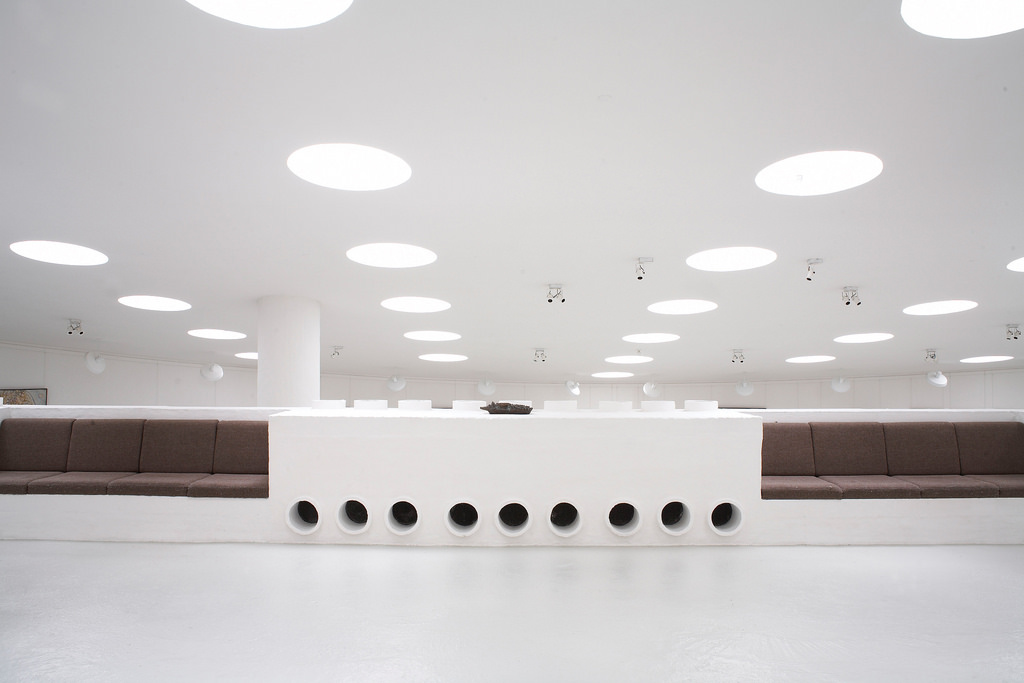
Entrance lobby at the Carl-Henning Pedersen & Else Alfelts Museum. Photo and Courtesy: Carl-Henning Pedersen & Else Alfelts Museum
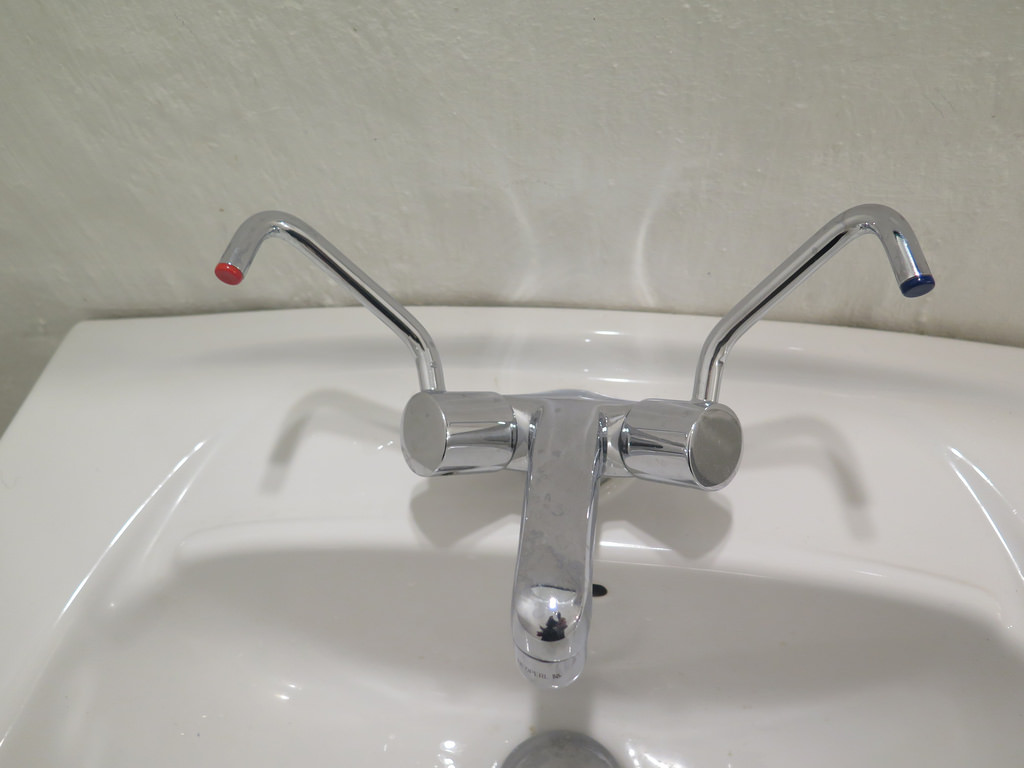
I loved the faucets in the bathroom of the Carl-Henning Pedersen & Else Alfelts Museum
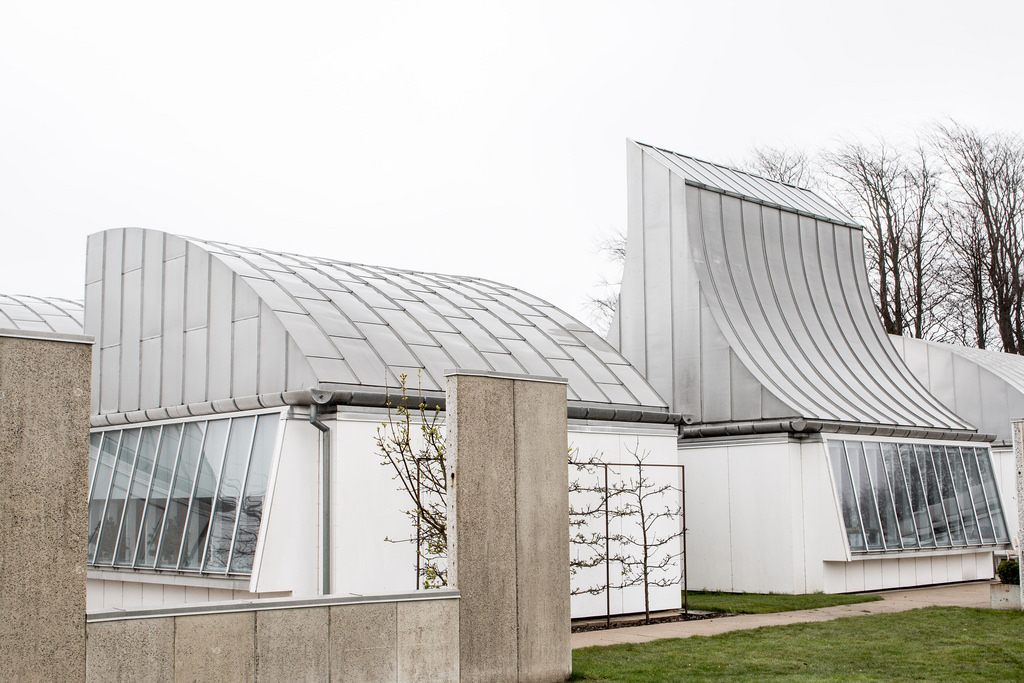
Detail of an ex-school complex designed by Jørn Utzon in 1969. Photo: Jens Wolter
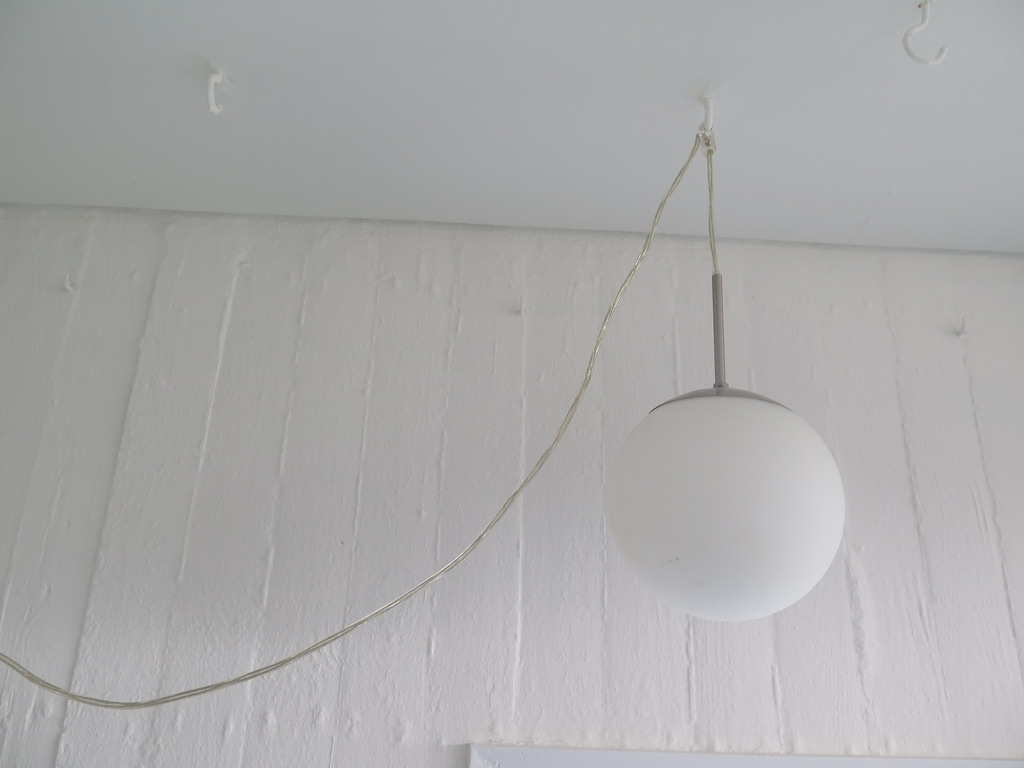
Hesselholdt & Mejlvang, The Invisible Territory (detail), 2017. Socle du Monde Biennale 2017
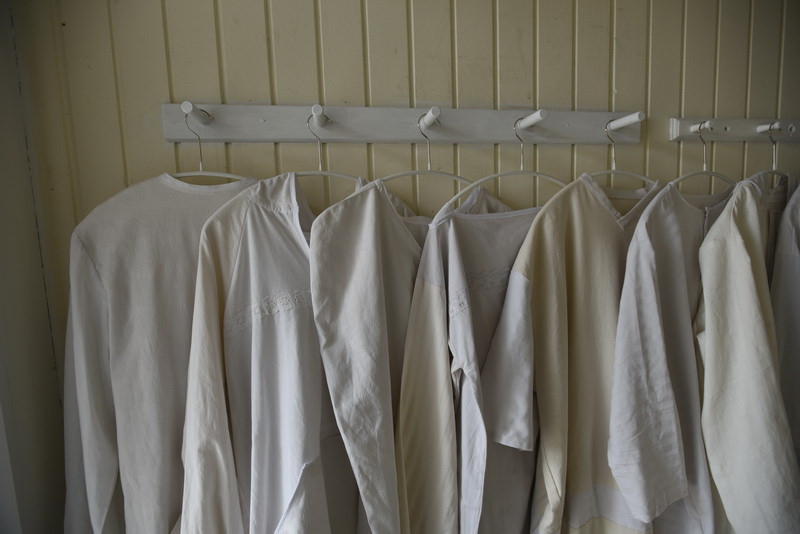
Hesselholdt & Mejlvang, The Invisible Territory (detail), 2017. Socle du Monde Biennale 2017. Photo: Ole Jørgensen
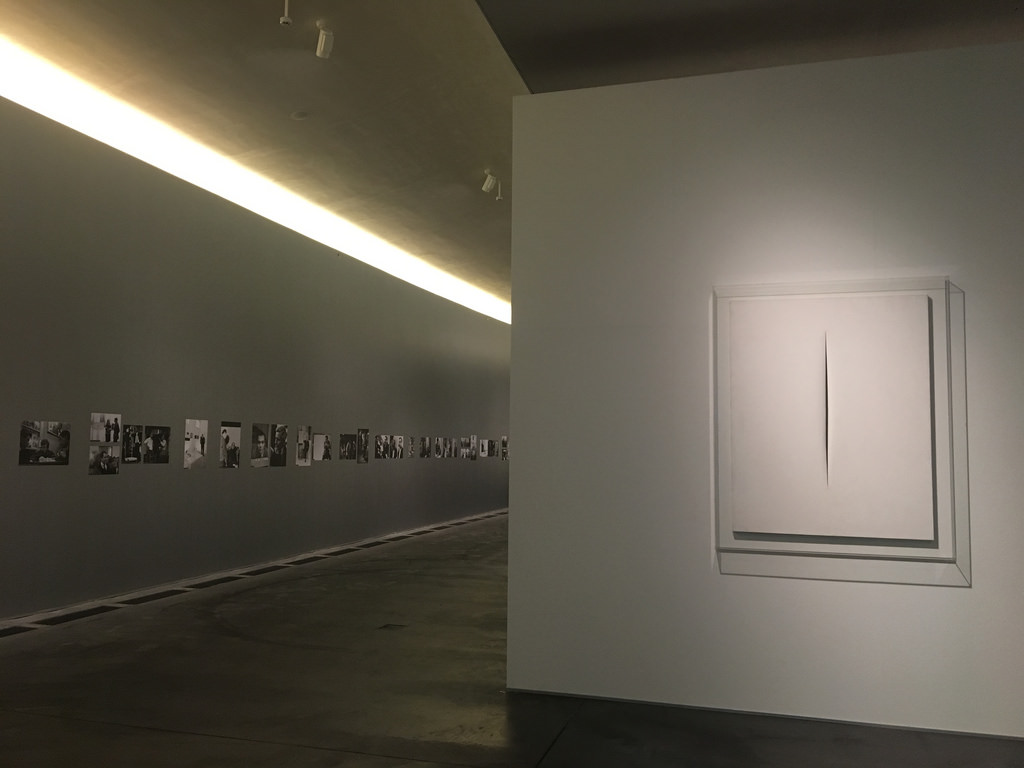
Chapter 2: Painting with Time and Space: From Zero to the 60’s Avantgarde (exhibition view), Socle du Monde Biennale 2017. Photo: Jens Wolter
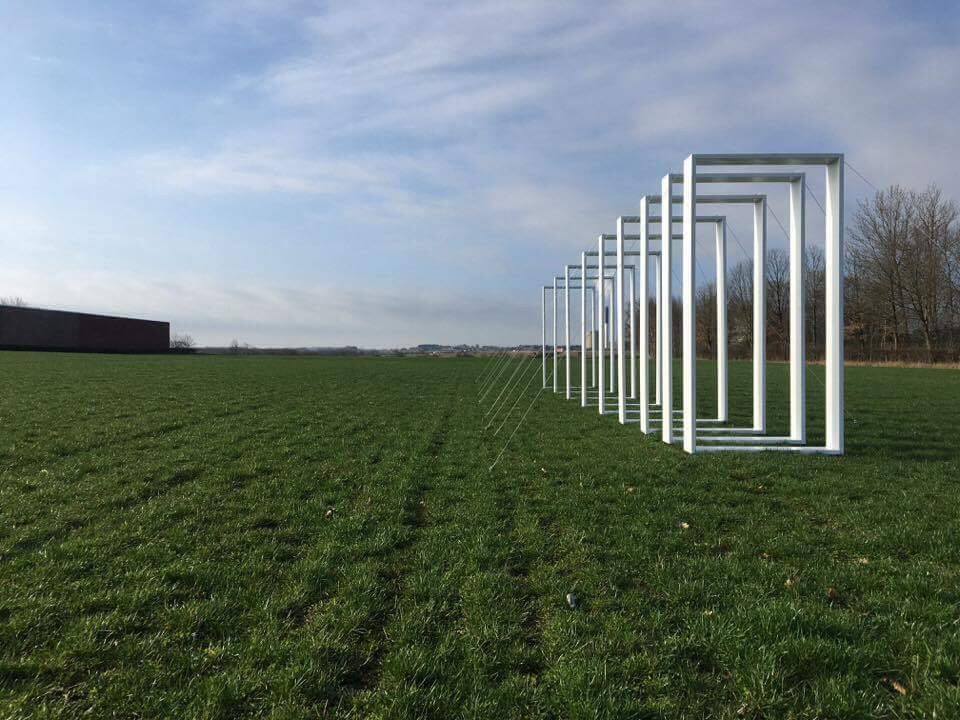
Günther Uecker, Socle du Monde Biennale 2017. Photo: Socle du Monde Biennale
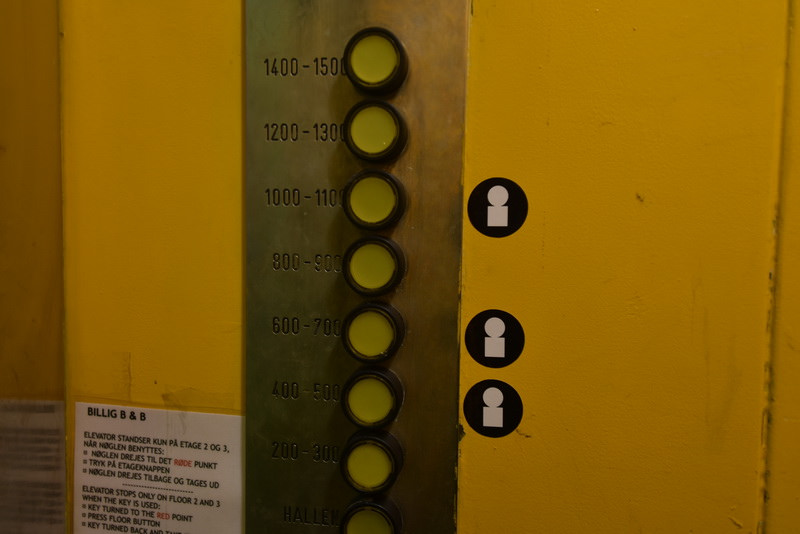
Inside the lift of the Herning Højskole, Socle du Monde Biennale 2017. Photo: Jens Wolter
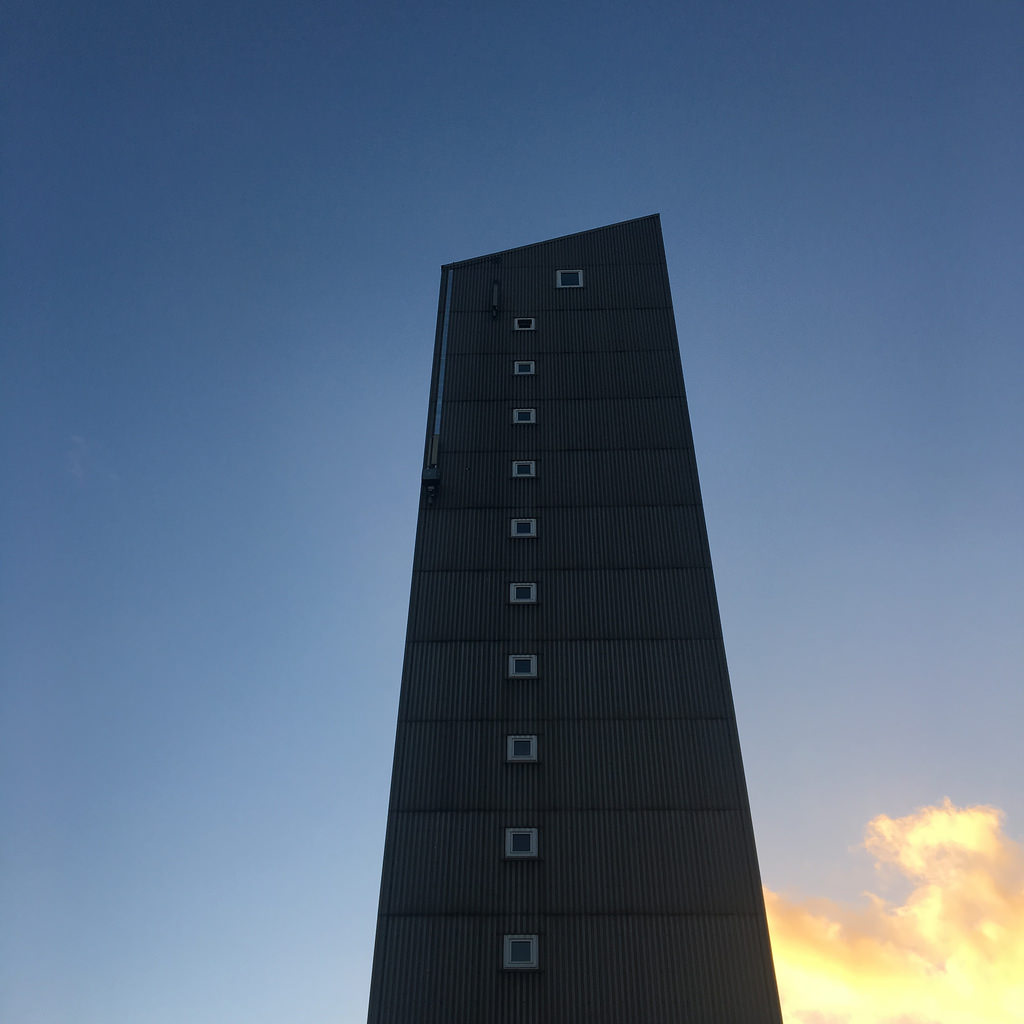
Tower of the Herning Højskole, Socle du Monde Biennale 2017. Photo: Jens Wolter
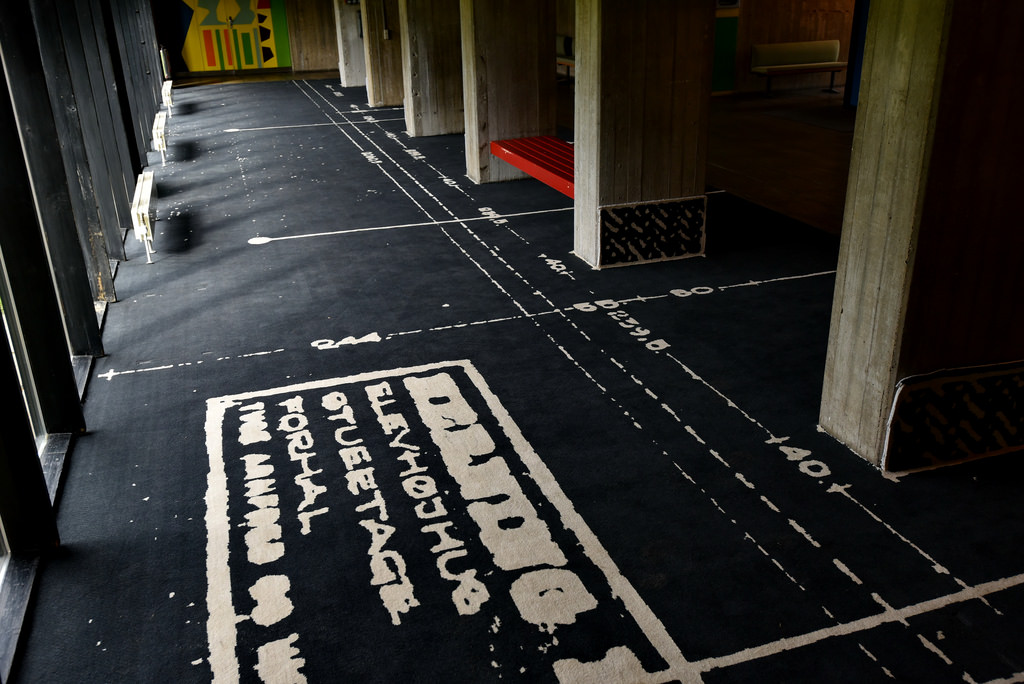
Mischa Kuball, Translocating ELEVHØJHUS, inside the Herning Højskole, Socle du Monde Biennale 2017. Photo: Ole Jørgensen
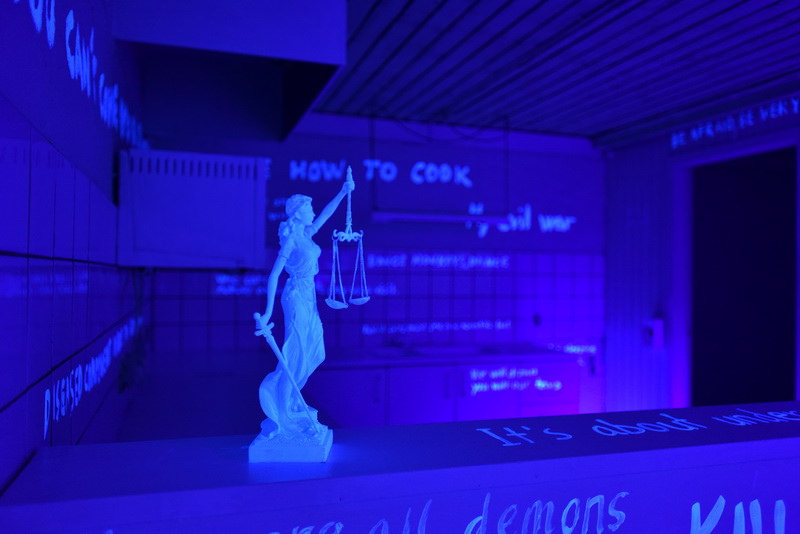
Hesselholdt & Mejlvang, The Invisible Territory (detail), 2017. Socle du Monde Biennale 2017. Photo: Ole Jørgensen
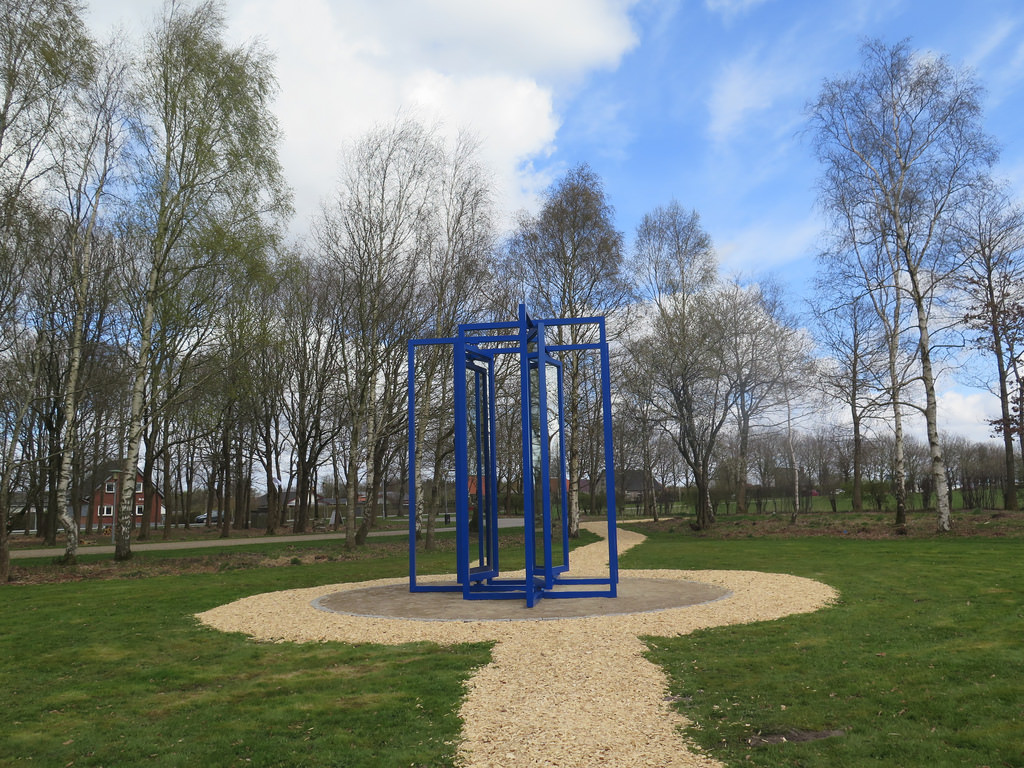
Christian Megert, Socle du Monde Biennale 2017
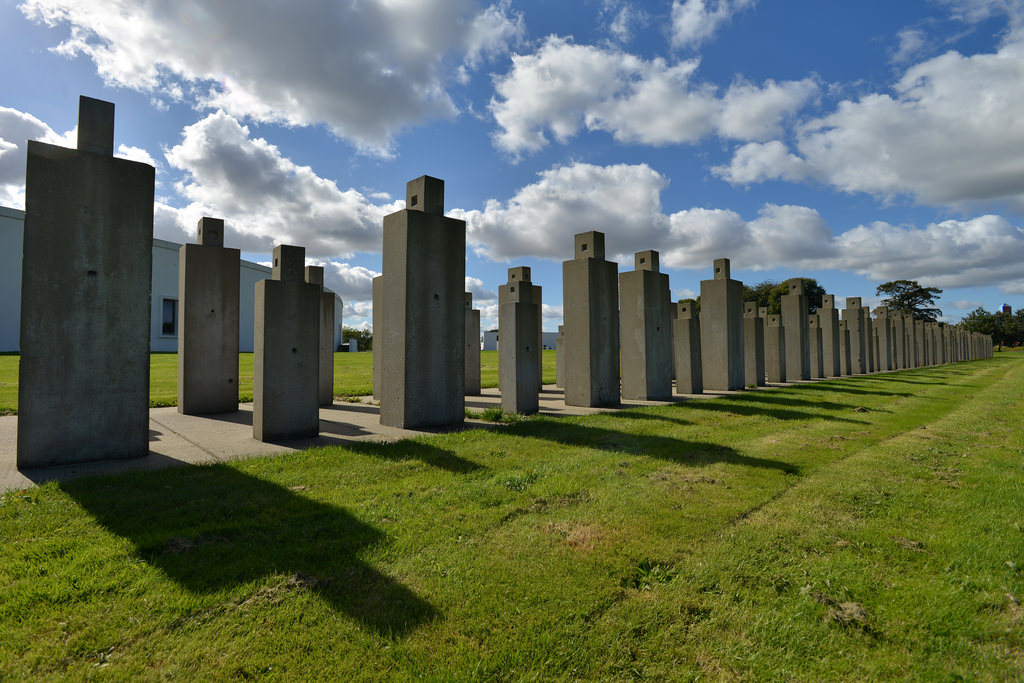
Antony Gormley, The Allotment, 1997 – 1998. Photo: Ole Jørgensen
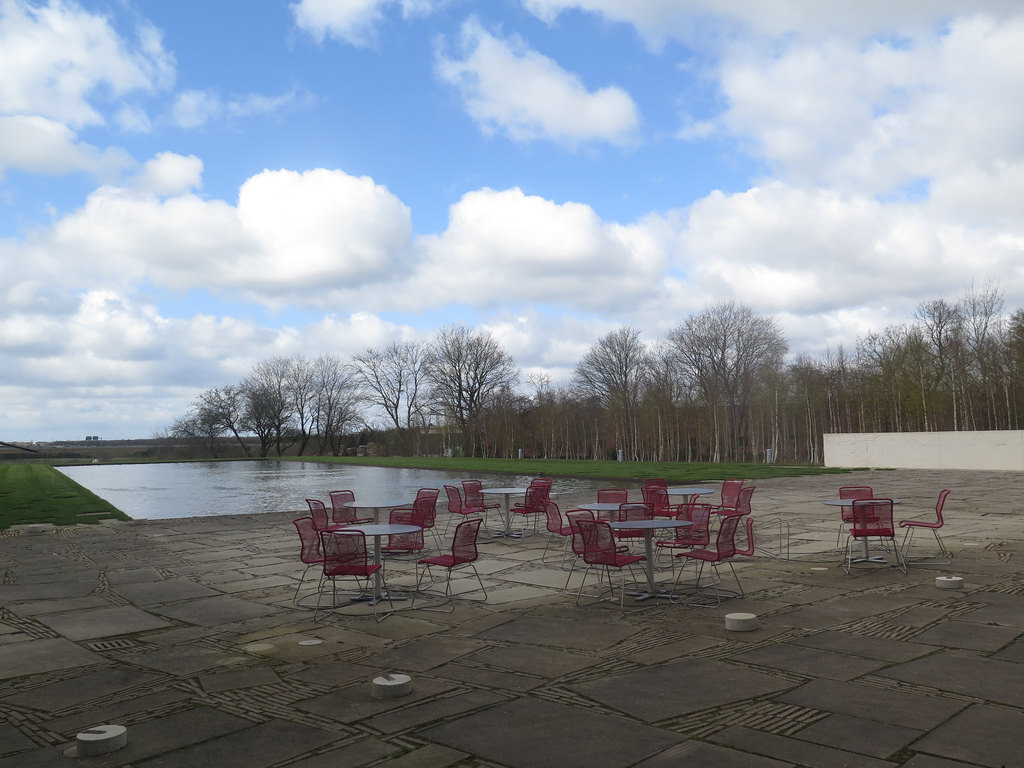
Terrasse outside the HEART – Herning Museum of Contemporary Art
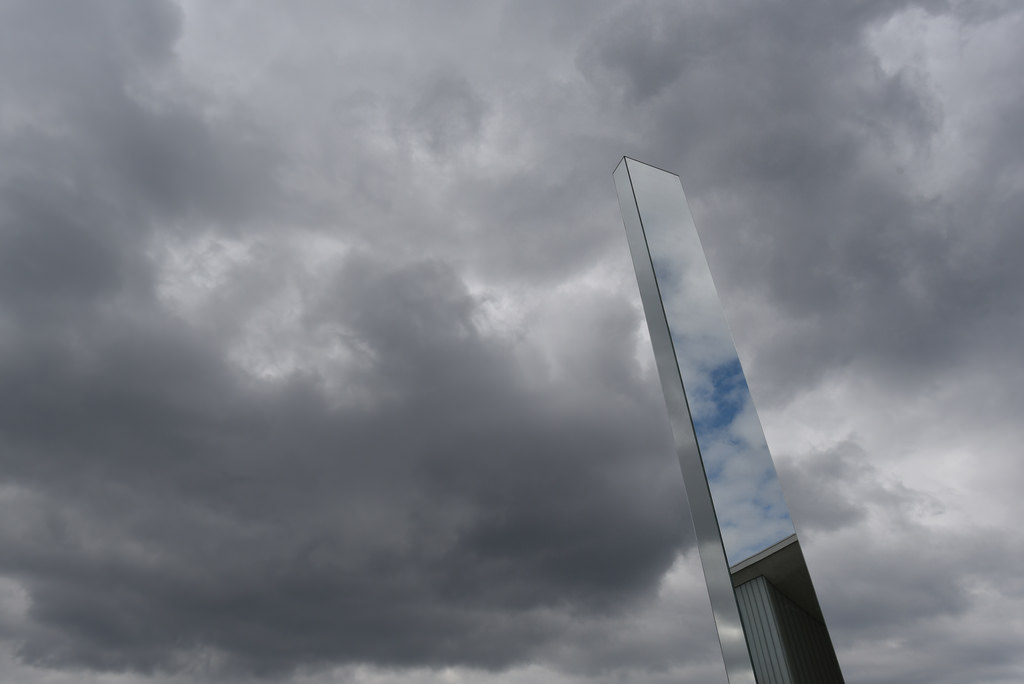
Heinz Mack. Socle du Monde Biennale 2017. Photo: Ole Jørgensen
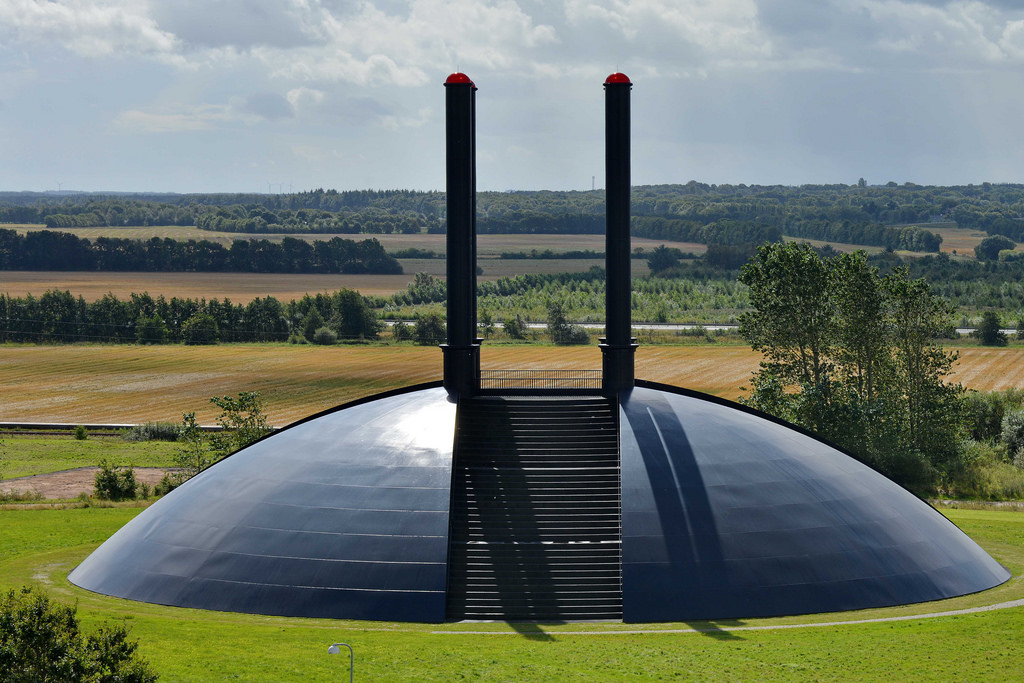
Ingvar Cronhammar, Elia, 2001. Photo: Ole Jørgensen.
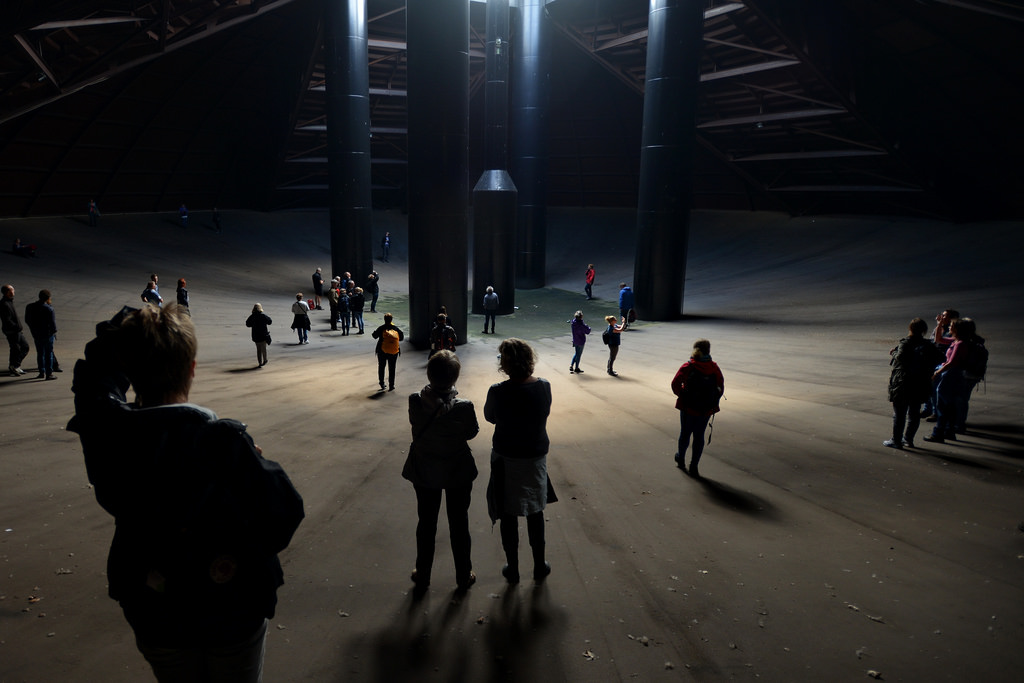
Ingvar Cronhammar, Elia (inside), 2001. Photo: Ole Jørgensen.
Previously: Breeding a Planetary Community Chicken.
The 2017 Socle du Monde Biennale – to challenge the Earth, the Moon, the Sun & the Stars remains open until 27 August 2017 in Herning, Denmark.

